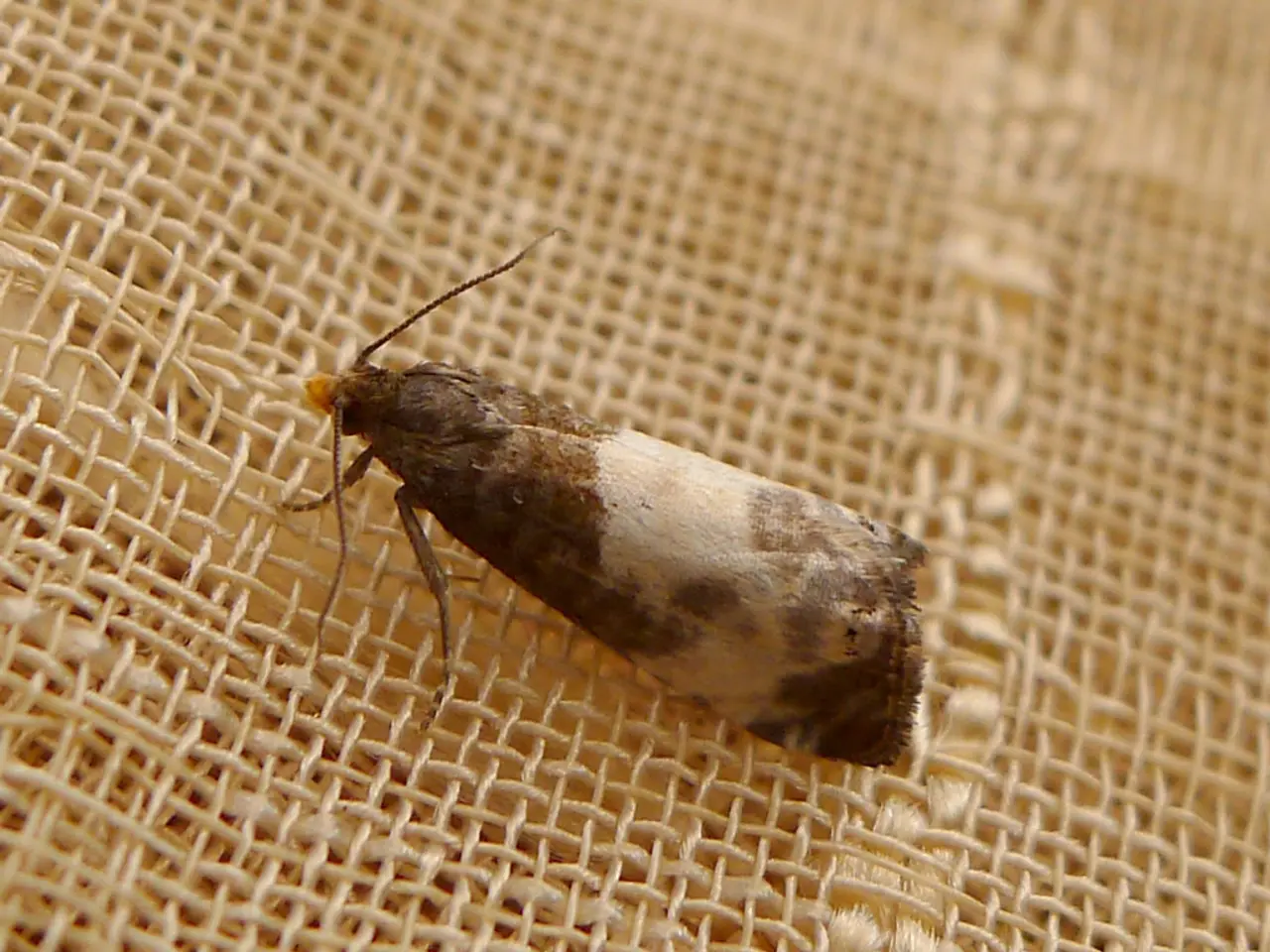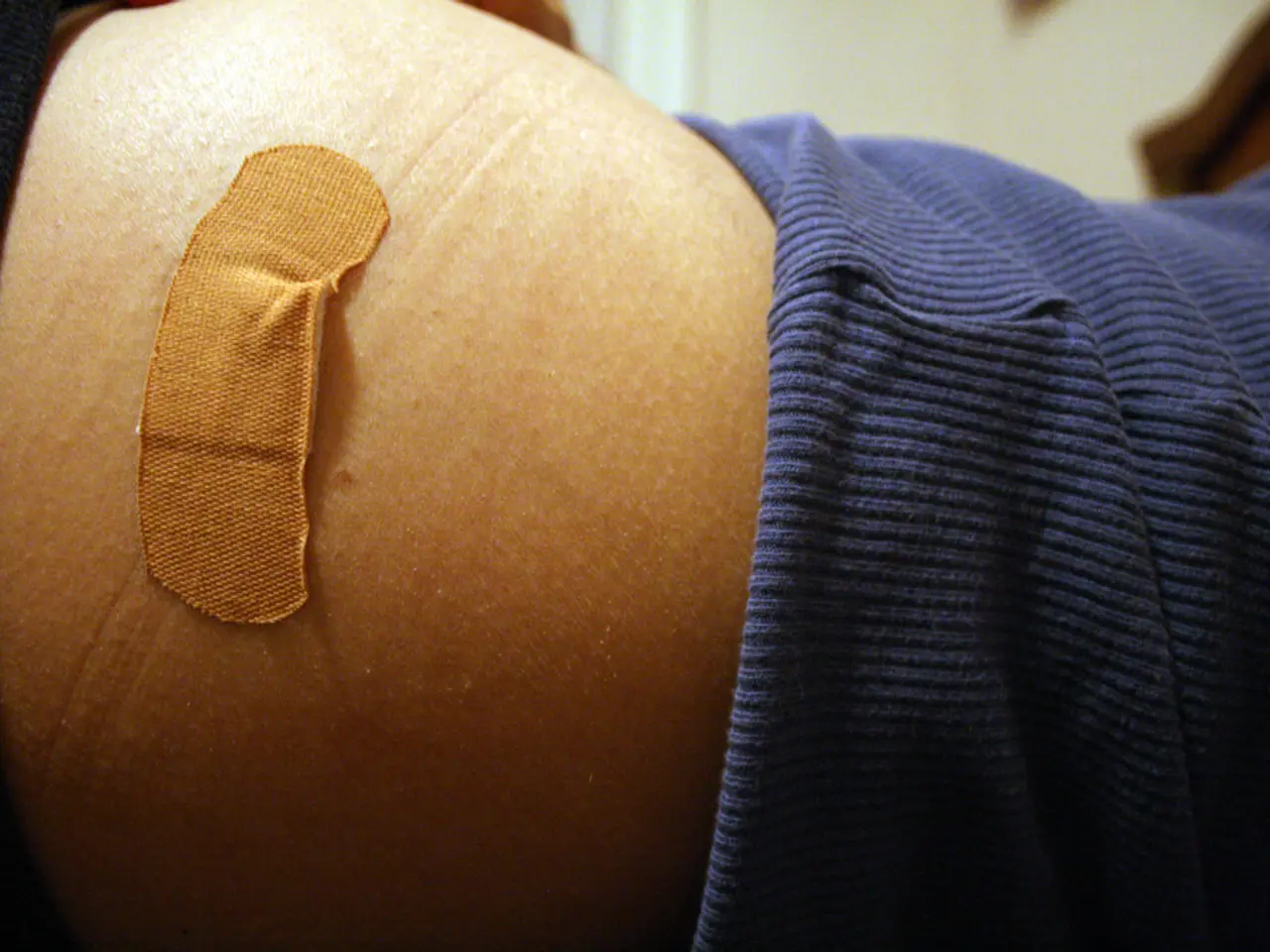Timberlake, the celebrated pop artist, is unwell. If you suspect you might have Lyme disease, here's how to find out.
In the heart of Germany, where Borreliosis, also known as Lyme disease, is prevalent, researchers are making strides in the development of a vaccine to combat this debilitating illness.
Lyme disease is caused by bacteria of the species Borrelia burgdorferi and can be transmitted from ticks to humans anywhere in the country. Symptoms can be expected in 0.3 to 1.4% of all tick bites, with early diagnosis and treatment usually leading to complete recovery and preventing severe illness.
Ticks, found in bushes, grass, or underbrush, attach to a person's clothing when they brush past. They prefer moist, soft, or even hairy body parts like the armpit or behind the ear. A red spot the size of a two-euro coin can appear around the bite site three to 30 days after the tick bite, known as erythema migrans.
The disease can manifest in various ways, with Lyme arthritis, or joint inflammation, being a common complication. Knees, ankles, and elbows are often affected. In rare cases, Lyme disease can affect the heart, causing heart rhythm disturbances. Neuroborreliosis, which affects the nervous system, can cause burning nerve pain, muscle weakness or numbness, tingling in affected areas, and one-sided or bilateral facial paralysis.
In children, neuroborreliosis can cause aseptic meningitis, accompanied by severe headaches and sudden facial paralysis. Transmission from person to person is not possible with Lyme disease.
While there is currently no vaccine available against Lyme disease, research is actively progressing. A vaccine similar to the original Lyme vaccine is in phase III clinical trials. This vaccine has been engineered to remove components that might have caused autoimmune arthritis, addressing earlier safety concerns. Initial phase II trial results are promising, and the completion of data collection is expected in early 2026. If the data continue to look positive, the vaccine could be submitted for FDA approval in 2027, making it potentially available a few years thereafter.
In addition to this near-clinical candidate, basic science research is ongoing to better understand Lyme disease pathogenesis and immune responses. Such research aims not only to prevent infection but also to reduce autoimmune complications that sometimes arise after infection.
While the historic Lyme vaccine (LYMErix) was withdrawn in the early 2000s mainly due to safety concerns and low uptake, the current candidate removes problematic elements to improve safety and public acceptance. Experts remain cautiously optimistic but acknowledge that vaccine uptake still depends on public perception and regulatory decisions.
Recent vaccine research advances have broadly benefited from modern technologies such as mRNA platforms, although no approved Lyme disease mRNA vaccine exists at this time. Structural biology studies are identifying new bacterial surface proteins that could enhance vaccine design.
In summary, a Lyme disease vaccine is in advanced clinical development and may be available in the coming years, while broader research continues exploring new targets and improving safety and efficacy profiles to address both infection prevention and associated autoimmune effects. It is advisable to apply tick-repellent to the skin before going into nature and to check oneself and children for ticks after being outdoors in nature, paying particular attention to the armpits, head and hairline, behind the ears, and the knees and groin area.
[1] "Lyme Disease Vaccine: Current Status and Future Directions" - Frontiers in Immunology [2] "Autoimmune Responses in Lyme Disease: Mechanisms and Potential Therapeutic Strategies" - Journal of Autoimmunity [5] "Structural Biology and Vaccine Design for Borrelia burgdorferi" - Molecular Therapy: Methods & Clinical Development
- Interestingly, while there is no vaccine currently available against Lyme disease, research is actively progressing, with a vaccine in phase III clinical trials aiming to address previous safety concerns and potentially becoming available by 2028.
- In addition to the ongoing advancements in vaccine development, scientists are also conducting basic science research to better understand Lyme disease pathogenesis and immune responses, with the goal of preventing infection and autoimmune complications.
- The historical Lyme vaccine (LYMErix) was withdrawn in the early 2000s due to safety concerns and low uptake, but the current vaccine candidate aims to improve safety and public acceptance by removing problematic components.
- To help reduce the risk of contracting Lyme disease, it is advisable to apply tick-repellent to the skin before going into nature and to check oneself and children for ticks after being outdoors in nature, particularly focusing on areas such as the armpits, head and hairline, behind the ears, and the knees and groin area.



